TYPES OF PROSTHETIC DENTAL TREATMENTS
Prosthetic dental treatments are categorized into three main groups based on the number of missing teeth, the patient’s oral structure, and their expectations:
1. FIXED PROSTHESES
These are prostheses permanently cemented onto existing teeth, tooth roots, or implants that cannot be removed by the patient. They provide comfort closest to that of natural teeth.
| Type | Description |
|---|---|
| Crown | Used to completely cover and restore a single tooth that has extensive material loss (large filling, fracture, root canal treatment), protecting it from further damage. |
| Bridge | Prostheses designed to replace one or more missing teeth by taking support from adjacent teeth (abutments). |
| Porcelain Crowns | Metal-Supported: The inner layer is metal, and the outer layer is porcelain. They are durable but usually preferred for posterior teeth where esthetic expectations are lower. |
| Esthetic Crowns | Zirconium / E-max: Made from reinforced porcelain with a white base structure. Their light-transmitting property provides a natural and highly esthetic appearance, especially suitable for anterior teeth. |
| Laminate Veneers (Porcelain Veneers) | Thin porcelain layers applied only to the front surfaces of teeth with minimal preparation. They are used to correct tooth color, shape, or size for cosmetic enhancement. |
2. REMOVABLE PROSTHESES
These are dentures that can be inserted and removed by the patient. They are generally used in cases with multiple missing teeth or when fixed prostheses are not feasible.
| Type | Description |
|---|---|
| Complete Denture (Full Denture) | Used when no natural teeth remain in the mouth. They rest on the gums and jawbone, providing full arch restoration. |
| Partial Denture | Applied in cases where some natural teeth remain. The denture is supported by clasps (hooks) or precision attachments connected to existing teeth. |
| Precision Attachment Denture | Designed for patients who prefer not to have visible metal clasps. Special hidden locking systems (precision attachments) provide retention. These offer improved esthetics and comfort. |
3. IMPLANT-SUPPORTED PROSTHESES
These prostheses are applied over artificial tooth roots (implants) placed in the jawbone. They can be either fixed or removable.
| Type | Description |
|---|---|
| Fixed Implant-Supported Prosthesis | These are crowns or bridges screwed or cemented onto implants, which cannot be removed by the patient. They provide a chewing comfort closest to natural teeth. |
| Removable Implant-Supported Prosthesis (Overdenture) | Used in edentulous jaws (especially the lower jaw) to increase retention of the denture. They are supported by several implants and can be removed by the patient for cleaning. |
Treatment planning is determined by the prosthodontist after a detailed examination and radiographic analysis, ensuring that the prosthesis suits the patient’s oral and jaw anatomy.
FREQUENTLY ASKED QUESTIONS
I have missing teeth. What happens if I don’t get a prosthesis?
- When a tooth is lost, the remaining teeth tend to drift into the empty space, leading to positional changes. Misalignment may cause trauma to the gums or temporomandibular joint discomfort. Misaligned and crowded teeth are also harder to clean, increasing the risk of decay and gum disease.
- A prosthesis fills the gap created by missing teeth, restoring chewing function. It also corrects speech problems caused by tooth loss and supports lips and cheeks to prevent collapse, restoring facial aesthetics.
What is a dental crown?
- A crown is a fixed dental restoration that completely covers a damaged tooth. It restores the tooth’s shape, size, strength, and appearance while protecting it from further damage.
- By covering the remaining tooth structure, the crown preserves it from fracture and provides an esthetically pleasing and functional result.


